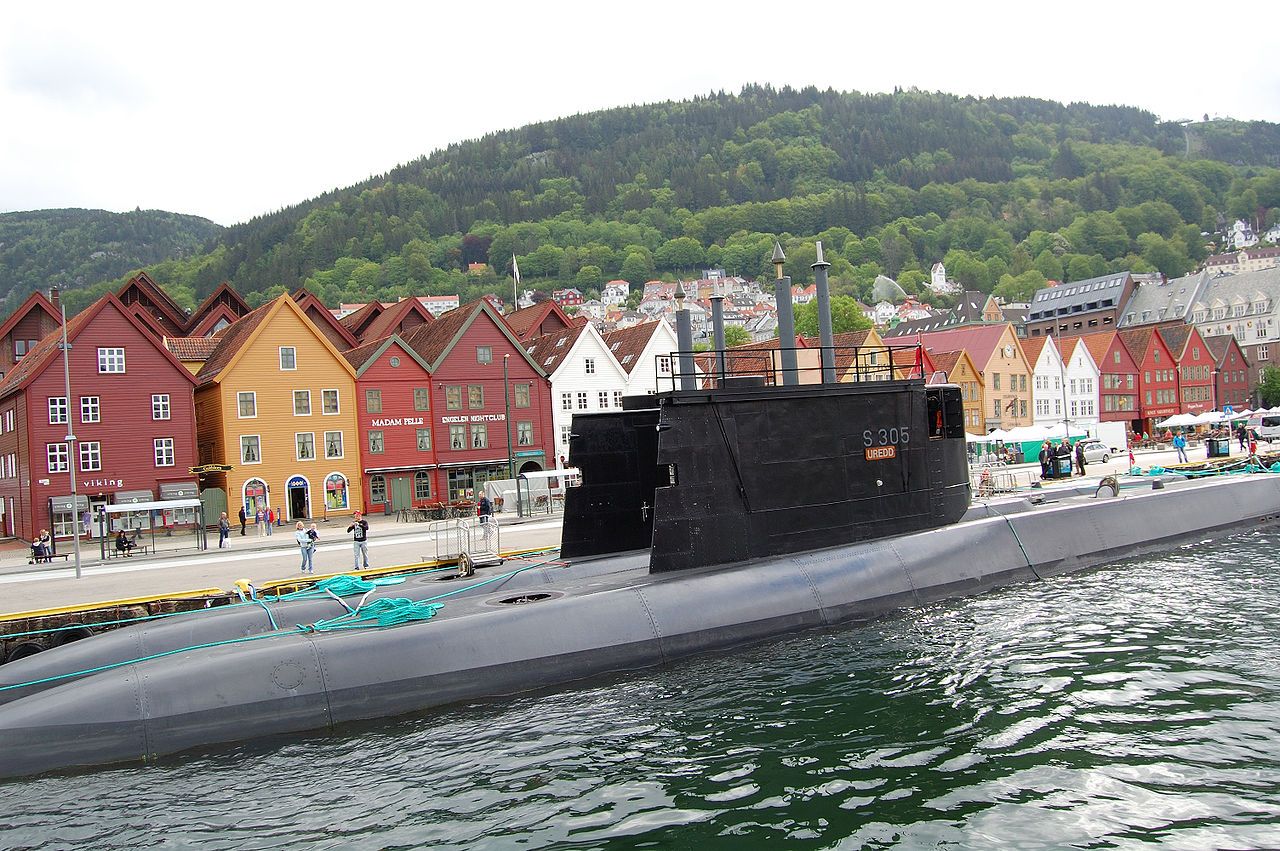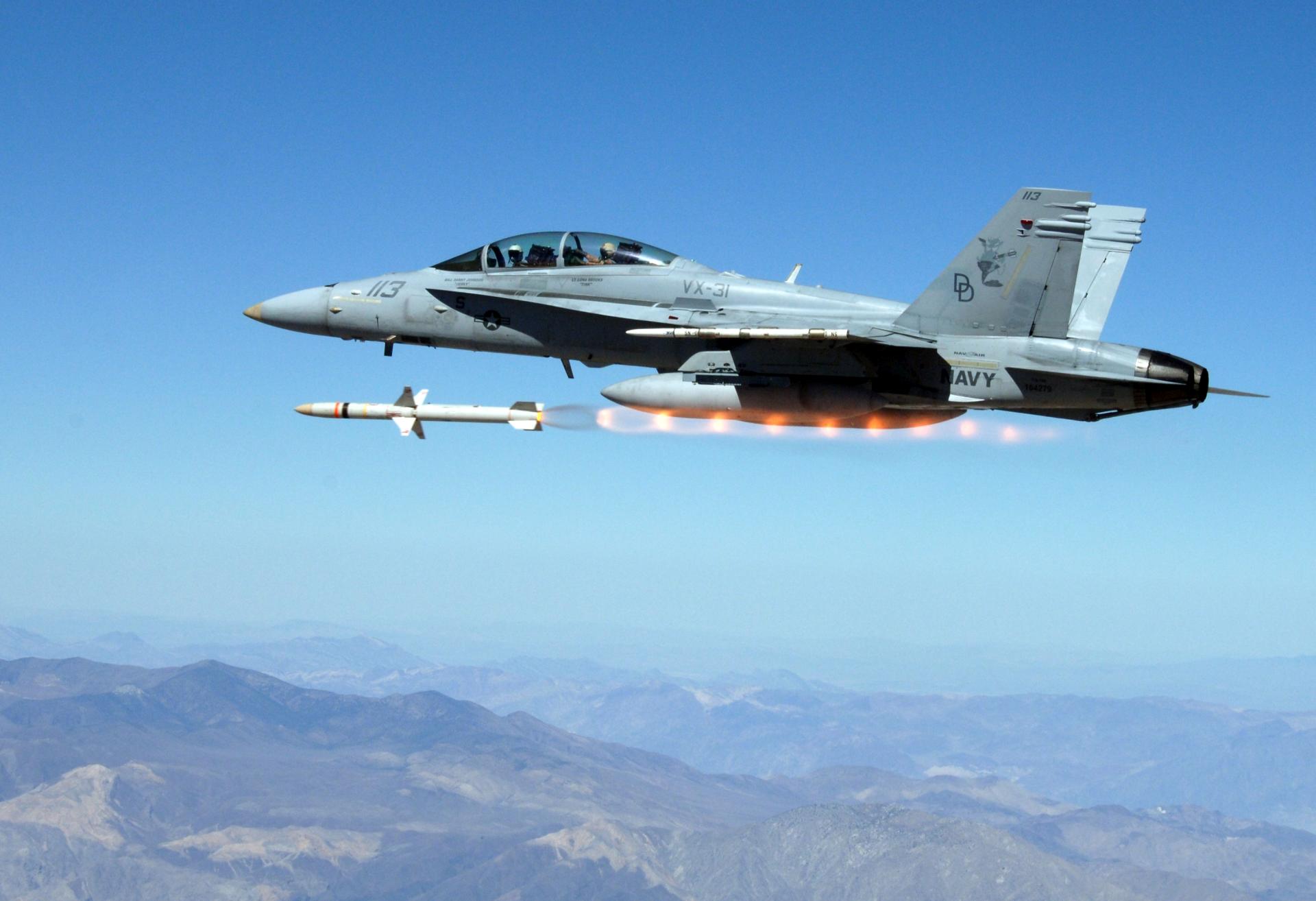The talks took place at the 23rd International Defence Industry Exhibition MSPO 2015 in Kielce, Poland in September 2015.
Norway has six submarines of the Ula-class. These are the only submarines of this class in the world, and they are approximately 25 years old. This means that acquiring spare parts is becoming gradually more challenging. A planning process has been underway in the Ministry of Defence since 2007 to evaluate different options regarding the future of the Norwegian Submarine Service.
The Norwegian Government decided in 2014 to investigate options for a new submarine class, rather than doing a life-extension program on the existing Ula-class. A project for new submarines is currently in the definition phase, and a recommendation will be presented to the Government in 2016.
Norway has an evolutionary approach to new submarines, and will base the procurement on an existing submarine design from an experienced and qualified shipyard. This will reduce the need for an extensive development project with the risks and costs this would involve. Norwegian industry is world leading on some of the technology used in submarines, and the Norwegian Government will use the procurement of new submarines as an opportunity for the Norwegian defence industry.
The Ula-class submarine will reach the end of its life in the mid-2020s. In order to have new submarines ready by this time, a contract will have to be signed before 2020. To maintain knowledge, competency and a minimum of operational submarines, there needs to be an overlap between the phasing out of the Ula-class and phasing inn of the new submarine class. It is estimated that delivery of the first new submarine of the new class will take place approximately six to seven years after a contract is signed.
The procurement cost of new submarines will be substantial. Cooperation in the area of future submarines could be very beneficial in order to achieve economies of scale, cost savings and synergies. Norway is interested in finding long term partners for an extensive cooperation.
The Norwegian Ministry of Defense is investigating the potential for cooperation with other nations and is engaged in processes towards several nations. In order to achieve successful cooperation, several factors need to be present. These factors include similar requirements for the submarines and that the nations are relatively synchronized in time and decision processes. Common solutions regarding logistics and maintenance will also be considered as part of an extensive cooperation.
The Polish requirements for future submarines are similar to the Norwegian. It is therefore interesting to investigate cooperation with Poland with regards to procurement, maintenance, sustainment and operations of new submarines. Norway will continue discussions with Poland to investigate the potential for cooperation.











